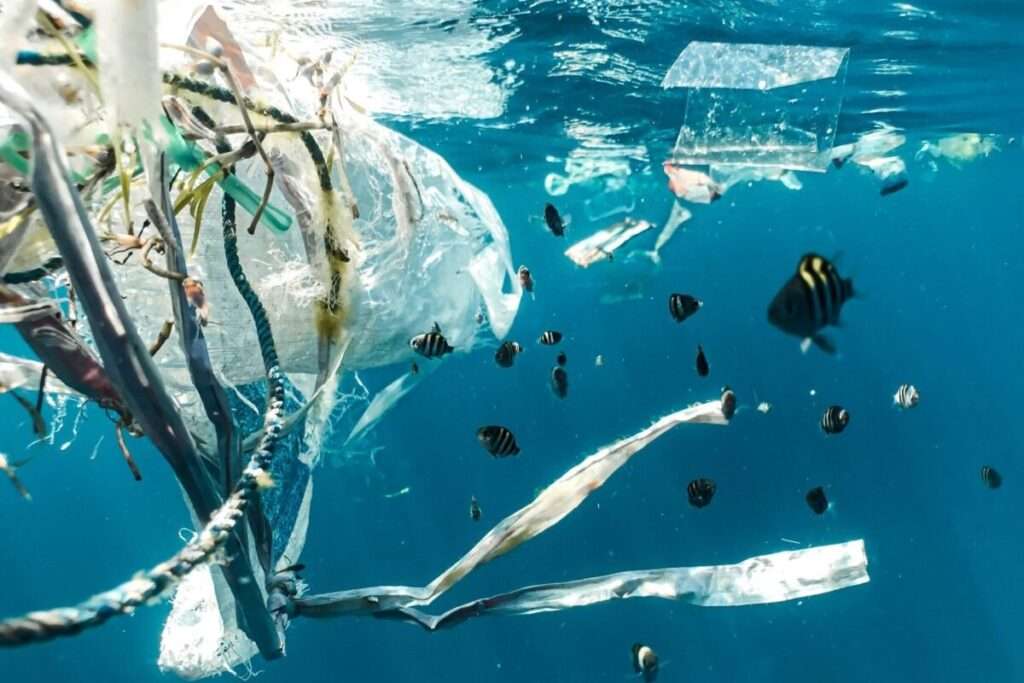“You cannot get through a single day without having an impact on the world around you. What you do makes a difference, and you have to decide what kind of difference you want to make.” — Jane Goodall
A primer on the R’s of Zero Waste living
When it comes to waste, most of us are familiar with the three R’s: reduce, reuse, and recycle.
First implemented back in the late 70s, the idea behind the three R’s was simple: reduce our inclination to create mass amounts of trash we just can’t manage. But, as years go by, it’s clear the problem is growing. And growing — thanks to our hyper-consumptive ways.
So what are we to do?
The five R’s — first introduced by Bea Johnson in 2013 — give us a framework to recognize the habits that lead us to all the waste we create AND how to deal with it.
Today, we’re breaking down the five R’s and sharing a tip for each one …
How to use the 5 R’s to reduce your waste output
Refuse stuff.
Seems easy enough, but we need to stop buying all the things that contribute to the problem.
Tip: start refusing things like junk mail, print magazines, and all those flyers and local newspapers that hit the recycle bin without getting read. AND skip out on all the single-use plastic stuff like to-go cups, utensils, and straws. (Even bio straws often end up in the trash because composting facilities can’t identify them as bioplastic.)
Reduce what gets to the landfill.
This goes hand-in-hand with refusing, so it’s time to be mindful about what you need and stop buying what you don’t need.
Tip: before buying, consider whether you really need it. If you do, opt for quality items that last longer and be sure to closely follow cleaning and care instructions on clothing labels to extend their life. (Spending more on quality will help you save money down the road.) It’s also a good idea to choose refillable personal care and cleaning products to help put an end to packaging waste.
Reuse items.
Over. And. Over. And. Over. Again. Get serious about using things until the end of their lives and consider repair options before heading to the store to replace damaged items.
Tip: sell or donate unwanted items so they head to loving homes instead of the landfill. Buying second hand is another great way to further dig into this R.
Recycle what can be recycled.
Not everything can be given a new life, so it’s important to implement strategies that drive the demand for alternative packaging (like compostable materials) up and avoid the demand for plastic packaging (there’s way too much floating around — literally!)
Tip: sort and clean your recycling according to local regulations AND rethink packaged goods altogether. (Hey, we’ve got great tips over here!)
Rot (compost) the rest.
Food waste is a BIG issue. Luckily, you’ve got options when it comes to organic waste. If your community has a composting program, use it! If not, home composting is much easier than it ever was offering indoor and outdoor options like a built or bought garden compost or vermicomposting.
Tip: keep food scraps in your fridge or freezer so they don’t smell between weekly pick ups (or drop offs).
—
In a nutshell, the main concept behind Zero Waste living is your willingness to RETHINK everything.
You have the power to make a difference and minimize household waste. You don’t have to be perfect at it — just do what you can, one step at a time.
The planet will thank you.
Photo credit: Naja Bertolt Jensen via Unsplash

